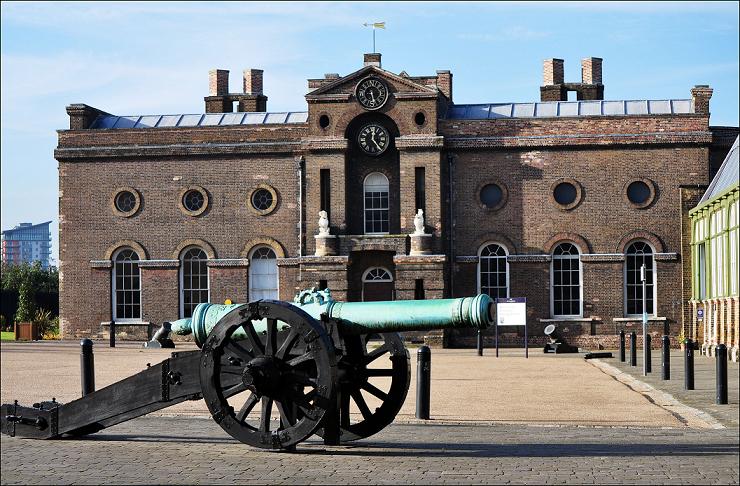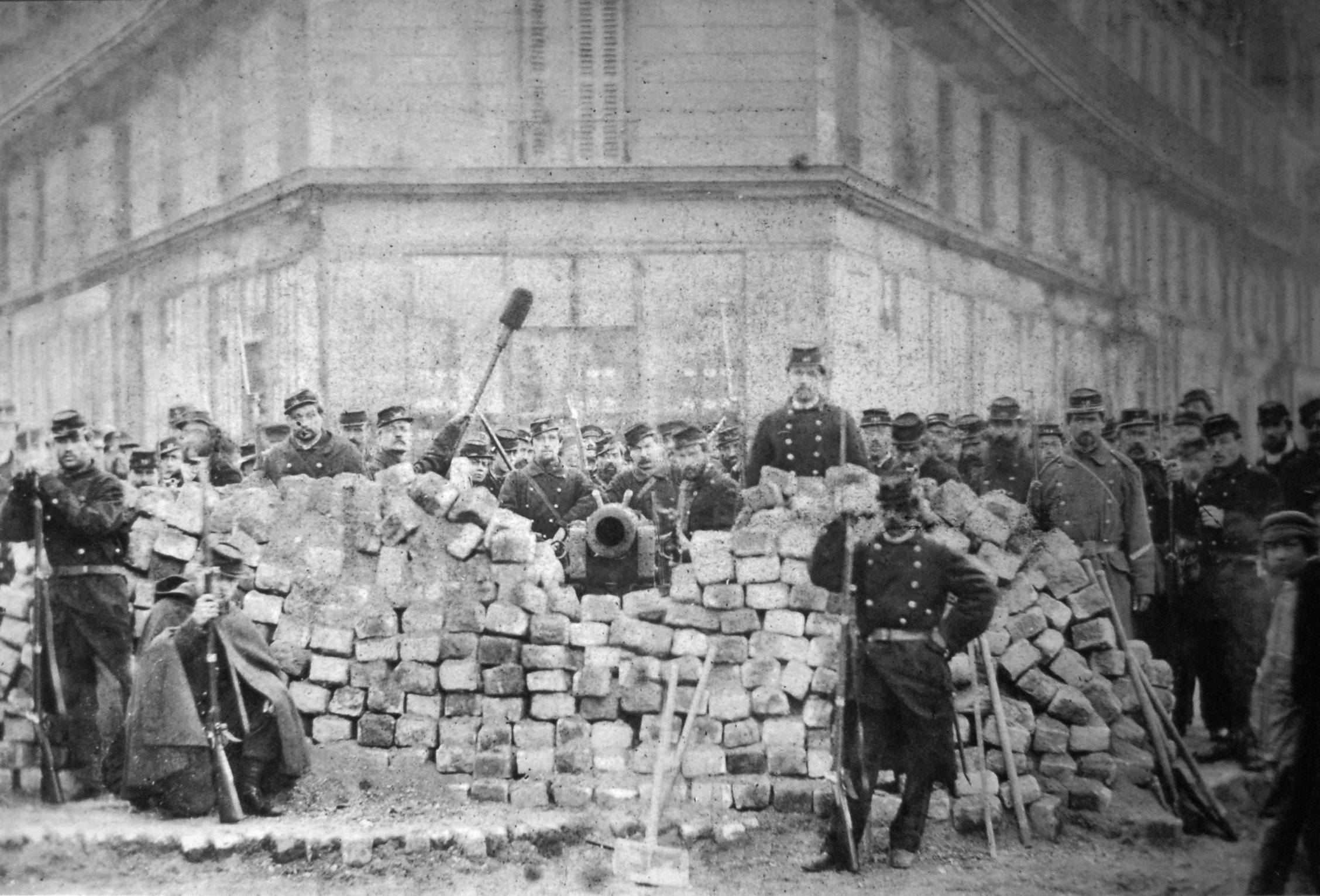|
Sir Herbert Chermside
Lieutenant-General Sir Herbert Charles Chermside, (31 July 1850 – 24 September 1929) was a British Army officer who served as Governor of Queensland from 1902 to 1904. Early life and education Chermside was born in the town of Wilton in Wiltshire on 31 July 1850. His parents were Rev. Richard Seymour Conway Chermside, rector of Wilton and son of Sir Robert Alexander Chermside, and Emily Dawson. He was a scholar at Eton College and then attended the Royal Military Academy, Woolwich, where he graduated at the top of his year and was commissioned in the Royal Engineers in 1870.Paul D. WilsonChermside, Sir Herbert Charles (1850–1929), ''Australian Dictionary of Biography'', Volume 7, Melbourne University Press, 1979, pp 631–632. Military career In 1871, Chermside and several other officers visited Paris during the Paris Commune, and were accused of supporting the Communards, narrowly escaping execution. After a posting in Ireland, he joined Benjamin Leigh Smith's expedition t ... [...More Info...] [...Related Items...] OR: [Wikipedia] [Google] [Baidu] |
Lieutenant-general (United Kingdom)
Lieutenant general (Lt Gen), formerly more commonly lieutenant-general, is a senior rank in the British Army and the Royal Marines. It is the equivalent of a multinational three-star rank; some British lieutenant generals sometimes wear three-star insignia, in addition to their standard insignia, when on multinational operations. Lieutenant general is a superior rank to Major-general (United Kingdom), major general, but subordinate to a General (United Kingdom), (full) general. The rank has a NATO rank code of OF-8, equivalent to a Vice-Admiral (Royal Navy), vice-admiral in the Royal Navy and an air marshal in the Royal Air Force (RAF) and the air forces of many Commonwealth of Nations, Commonwealth countries. The rank insignia for both the Army and the Royal Marines is a crown over a crossed sabre and baton. During the reign of Elizabeth II, the St Edward's Crown, commonly known as the Queen's Crown, was depicted. Before 1953, and again since the accession of Charles III in 20 ... [...More Info...] [...Related Items...] OR: [Wikipedia] [Google] [Baidu] |
Royal Military Academy, Woolwich
The Royal Military Academy (RMA) at Woolwich, in south-east London, was a British Army military academy for the training of Officer (armed forces), commissioned officers of the Royal Artillery and Royal Engineers. It later also trained officers of the Royal Corps of Signals and other technical corps. RMA Woolwich was commonly known as "The Shop" because its first building was a converted workshop of the Royal Arsenal, Woolwich Arsenal. History Origins in the Royal Arsenal An attempt had been made by the Board of Ordnance in 1720 to set up an academy within its Arsenal (then known as the Warren) to provide training and education for prospective officers of its new Royal Regiment of Artillery, Regiment of Artillery and Corps of Royal Engineers, Corps of Engineers (both of which had been established there in 1716). A new building was being constructed in readiness for the Academy and funds had been secured, seemingly, through investment in the South Sea Company; but the latter's col ... [...More Info...] [...Related Items...] OR: [Wikipedia] [Google] [Baidu] |
Anatolia
Anatolia (), also known as Asia Minor, is a peninsula in West Asia that makes up the majority of the land area of Turkey. It is the westernmost protrusion of Asia and is geographically bounded by the Mediterranean Sea to the south, the Aegean Sea to the west, the Turkish Straits to the northwest, and the Black Sea to the north. The eastern and southeastern limits have been expanded either to the entirety of Asiatic Turkey or to an imprecise line from the Black Sea to the Gulf of Alexandretta. Topographically, the Sea of Marmara connects the Black Sea with the Aegean Sea through the Bosporus and the Dardanelles, and separates Anatolia from Thrace in Southeast Europe. During the Neolithic, Anatolia was an early centre for the development of farming after it originated in the adjacent Fertile Crescent. Beginning around 9,000 years ago, there was a major migration of Anatolian Neolithic Farmers into Neolithic Europe, Europe, with their descendants coming to dominate the continent a ... [...More Info...] [...Related Items...] OR: [Wikipedia] [Google] [Baidu] |
Vice Consul
A consul is an official representative of a government who resides in a foreign country to assist and protect citizens of the consul's country, and to promote and facilitate commercial and diplomatic relations between the two countries. A consul is generally part of a government's diplomatic corps or foreign service, and thus enjoys certain privileges and protections in the host state, albeit without full diplomatic immunity. Unlike an ambassador, who serves as the single representative of one government to another, a state may appoint several consuls in a foreign nation, typically in major cities; consuls are usually tasked with providing assistance in bureaucratic issues to both citizens of their own country traveling or living abroad and to the citizens of the country in which the consul resides who wish to travel to or trade with the consul's country. Origin and history Antecedent: the classical Greek ''proxenos'' In classical Greece, some of the functions of the mo ... [...More Info...] [...Related Items...] OR: [Wikipedia] [Google] [Baidu] |
Military Attaché
A military attaché or defence attaché (DA),Defence Attachés ''Geneva Centre for the Democratic Control of Armed Forces (DCAF)'' sometimes known as a "military diplomat",Prout, John. THE ORIGINS OF THE MILITARY ATTACHÉ CORPS " ''American Intelligence Journal'' 21, no. 1/2 (2002): 47–55. is an responsible for matters within a [...More Info...] [...Related Items...] OR: [Wikipedia] [Google] [Baidu] |
Montenegro
, image_flag = Flag of Montenegro.svg , image_coat = Coat of arms of Montenegro.svg , coa_size = 80 , national_motto = , national_anthem = () , image_map = Europe-Montenegro.svg , map_caption = , image_map2 = , capital = Podgorica , coordinates = , largest_city = capital , official_languages = Montenegrin language, Montenegrin , languages2_type = Languages in official use , languages2 = , ethnic_groups = , ethnic_groups_ref = , ethnic_groups_year = 2023 census , religion = , religion_ref = , religion_year = 2023 census , demonym = Montenegrins, Montenegrin , government_type = Unitary parliamentary republic , leader_title1 = President of Montenegro, President , leader_name1 = Jakov Milatović , leader_title2 ... [...More Info...] [...Related Items...] OR: [Wikipedia] [Google] [Baidu] |
Serbia
, image_flag = Flag of Serbia.svg , national_motto = , image_coat = Coat of arms of Serbia.svg , national_anthem = () , image_map = , map_caption = Location of Serbia (green) and the claimed but uncontrolled territory of Kosovo (light green) in Europe (dark grey) , image_map2 = , capital = Belgrade , coordinates = , largest_city = capital , official_languages = Serbian language, Serbian , ethnic_groups = , ethnic_groups_year = 2022 , religion = , religion_year = 2022 , demonym = Serbs, Serbian , government_type = Unitary parliamentary republic , leader_title1 = President of Serbia, President , leader_name1 = Aleksandar Vučić , leader_title2 = Prime Minister of Serbia, Prime Minister , leader_name2 = Đuro Macut , leader_title3 = Pres ... [...More Info...] [...Related Items...] OR: [Wikipedia] [Google] [Baidu] |
Oxford Dictionary Of National Biography
The ''Dictionary of National Biography'' (''DNB'') is a standard work of reference on notable figures from History of the British Isles, British history, published since 1885. The updated ''Oxford Dictionary of National Biography'' (''ODNB'') was published on 23 September 2004 in 60 volumes and online, with 50,113 biographical articles covering 54,922 lives. First series Hoping to emulate national biography, biographical collections published elsewhere in Europe, such as the (1875), in 1882 the publisher George Murray Smith, George Smith (1824–1901), of Smith, Elder & Co., planned a universal dictionary that would include biographical entries on individuals from world history. He approached Leslie Stephen, then editor of the ''Cornhill Magazine'', owned by Smith, to become the editor. Stephen persuaded Smith that the work should focus only on subjects from the United Kingdom and its present and former colonies. An early working title was the ''Biographia Britannica'', the na ... [...More Info...] [...Related Items...] OR: [Wikipedia] [Google] [Baidu] |
Arctic
The Arctic (; . ) is the polar regions of Earth, polar region of Earth that surrounds the North Pole, lying within the Arctic Circle. The Arctic region, from the IERS Reference Meridian travelling east, consists of parts of northern Norway (Nordland, Troms, Finnmark, Svalbard and Jan Mayen), northernmost Sweden (Västerbotten, Norrbotten and Lapland (Sweden), Lappland), northern Finland (North Ostrobothnia, Kainuu and Lapland (Finland), Lappi), Russia (Murmansk Oblast, Murmansk, Siberia, Nenets Autonomous Okrug, Nenets Okrug, Novaya Zemlya), the United States (Alaska), Canada (Yukon, Northwest Territories, Nunavut), Danish Realm (Greenland), and northern Iceland (Grímsey and Kolbeinsey), along with the Arctic Ocean and adjacent seas. Land within the Arctic region has seasonally varying cryosphere, snow and ice cover, with predominantly treeless permafrost under the tundra. Arctic seas contain seasonal sea ice in many places. The Arctic region is a unique area among Earth's ... [...More Info...] [...Related Items...] OR: [Wikipedia] [Google] [Baidu] |
Benjamin Leigh Smith
Benjamin Leigh Smith (12 March 1828 – 4 January 1913) was an English Arctic explorer and yachtsman. He was the grandson of the abolitionist William Smith. Early life He was born in Whatlington, Sussex, the extramarital child of Anne Longden, a milliner from Alfreton, and the Whig politician Benjamin Smith (1783–1860), eldest son of William Smith, an abolitionist. On a visit to his sister in Derbyshire in 1826, Benjamin senior met Anne Longden. She became pregnant by him and he took her to a rented lodge at Whatlington, a small village near Battle, East Sussex. There she lived as "Mrs Leigh", the surname of his relations on the nearby Isle of Wight. The birth of their first child, Barbara Leigh Smith, created a scandal because the couple did not marry, and within eight weeks Anne was pregnant again. When their son Benjamin was born, the four of them went to America for two years, when another child was conceived. After their return to Sussex, they lived openly ... [...More Info...] [...Related Items...] OR: [Wikipedia] [Google] [Baidu] |
Communards
The Communards () were members and supporters of the short-lived 1871 Paris Commune formed in the wake of the French defeat in the Franco-Prussian War. After the suppression of the Commune by the French Army in May 1871, 43,000 Communards were taken prisoner, and 6,500 to 7,500 fled abroad.Milza, 2009a, pp. 431–432 The number of Communard soldiers killed in combat or executed afterwards during the week has long been disputed— Prosper-Olivier Lissagaray put the number at 20,000, while estimates by more recent historians put the probable number between 10,000 and 15,000. 7,500 were jailed or deported under arrangements which continued until a general amnesty during the 1880s; this action by Adolphe Thiers forestalled the proto-communist movement in the French Third Republic (1871–1940). Franco-Prussian War and the Paris Commune The working class of Paris were feeling ostracized after the decadence of the Second Empire and the Franco-Prussian War. The Prussians be ... [...More Info...] [...Related Items...] OR: [Wikipedia] [Google] [Baidu] |
Paris Commune
The Paris Commune (, ) was a French revolutionary government that seized power in Paris on 18 March 1871 and controlled parts of the city until 28 May 1871. During the Franco-Prussian War of 1870–71, the French National Guard (France), National Guard had defended Paris, and working-class radicalism grew among its soldiers. Following the establishment of the French Third Republic in September 1870 (under French chief-executive Adolphe Thiers from February 1871) and the complete defeat of the French Army by the Germans by March 1871, soldiers of the National Guard seized control of the city on 18 March. The Communards killed two French Army generals and refused to accept the authority of the Third Republic; instead, the radicals set about establishing their own independent government. The Commune governed Paris for two months, promoting policies that tended toward a Progressivism, progressive, anti-clericalism , anti-religious system, which was an eclectic mix of many 19th-cent ... [...More Info...] [...Related Items...] OR: [Wikipedia] [Google] [Baidu] |





